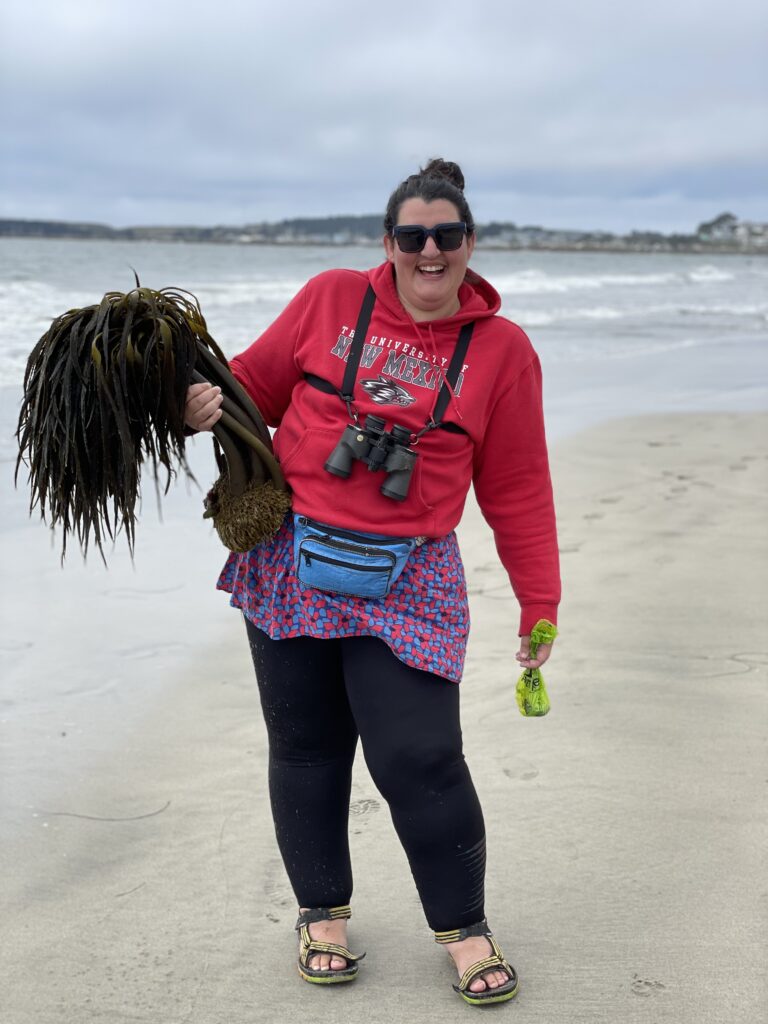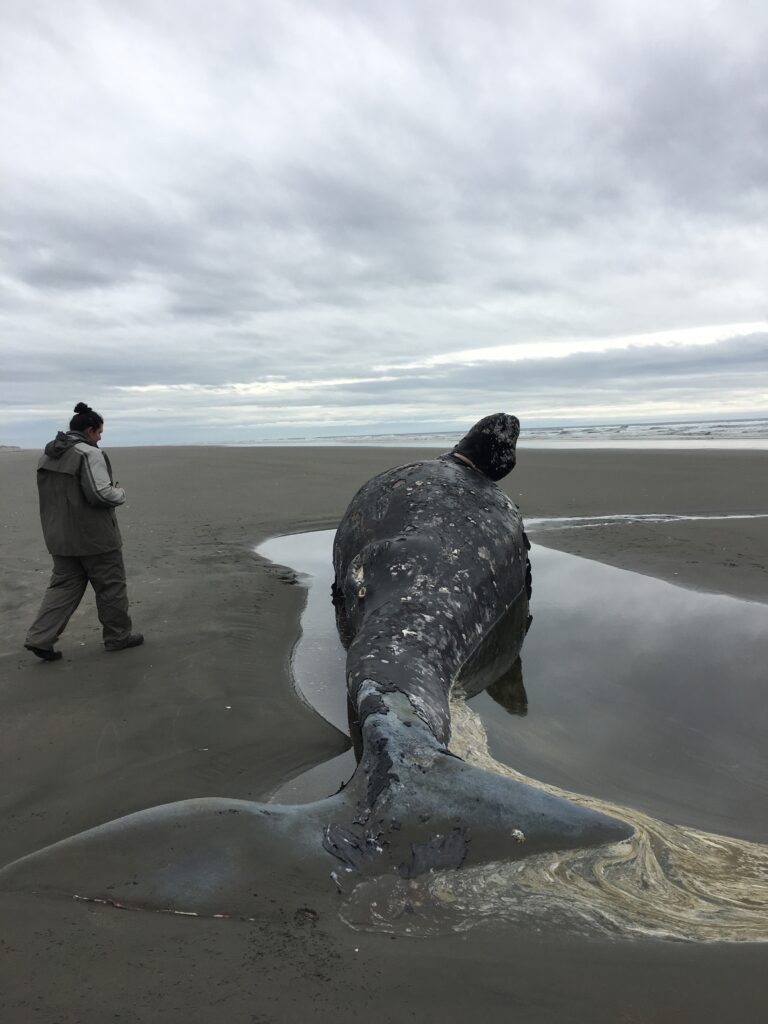Alumni
MSc 
Tel: 604.822.8181
Fax: 604.822.8180
E-mail: j.adelsheim@oceans.ubc.ca
instagram @juliaadelsheim | twitter @juliaadelsheim
Education:
(2019) B.S. Biology at Portland State University, Portland, Oregon
(2011) B.A. Earth and Environmental Sciences, minors in Physical Geography & Spanish at Willamette University, Salem, Oregon
About:
Julia Adelsheim (she/her) hails from Albuquerque, New Mexico and spent many years living in Salem, Oregon completing both a B.A. and B.S. at Willamette University and Portland State University, respectively. At Willamette she completed a senior thesis research project focused on using citizen science methods to track sea lion movements. At Portland State Julia focused on marine mammal necropsy and was a lab technician working with the marine mammal stranding network within Oregon. Her interests outside of academia include bird watching, baking, and hanging out in tide pools!
Masters Research:
A Bioenergetic Model for Sea Otters (Enhydra lutris): Exploring Interactions Between Energy Requirements and Dietary Choices
The high metabolic rates of sea otters (Enhydra lutris) are thought to be the cause of their disproportionate impact on their environment, particularly their prey base. However, the amount of food sea otters require is not just a function of higher energy expenditures, but also dependent upon the complex relationships between the energy density, digestive value, and foraging costs of obtaining different prey items. Therefore, prey selection by sea otters has critical energetic consequences effecting their overall energy balance, and may contribute to limiting range expansion or population growth of sea otters in certain areas. Julia is constructing a new bioenergetic model to investigate how changes in prey characteristics interact with each other and ultimately affect the energy balance of individual sea otters, while accounting for sex, age, and reproductive status. This model will help to increase understanding of potential energetic limitations placed on sea otters due to their dietary choices, and the ultimate implications that this constraint may have on sea otter population dynamics, range expansion, and conservation.

